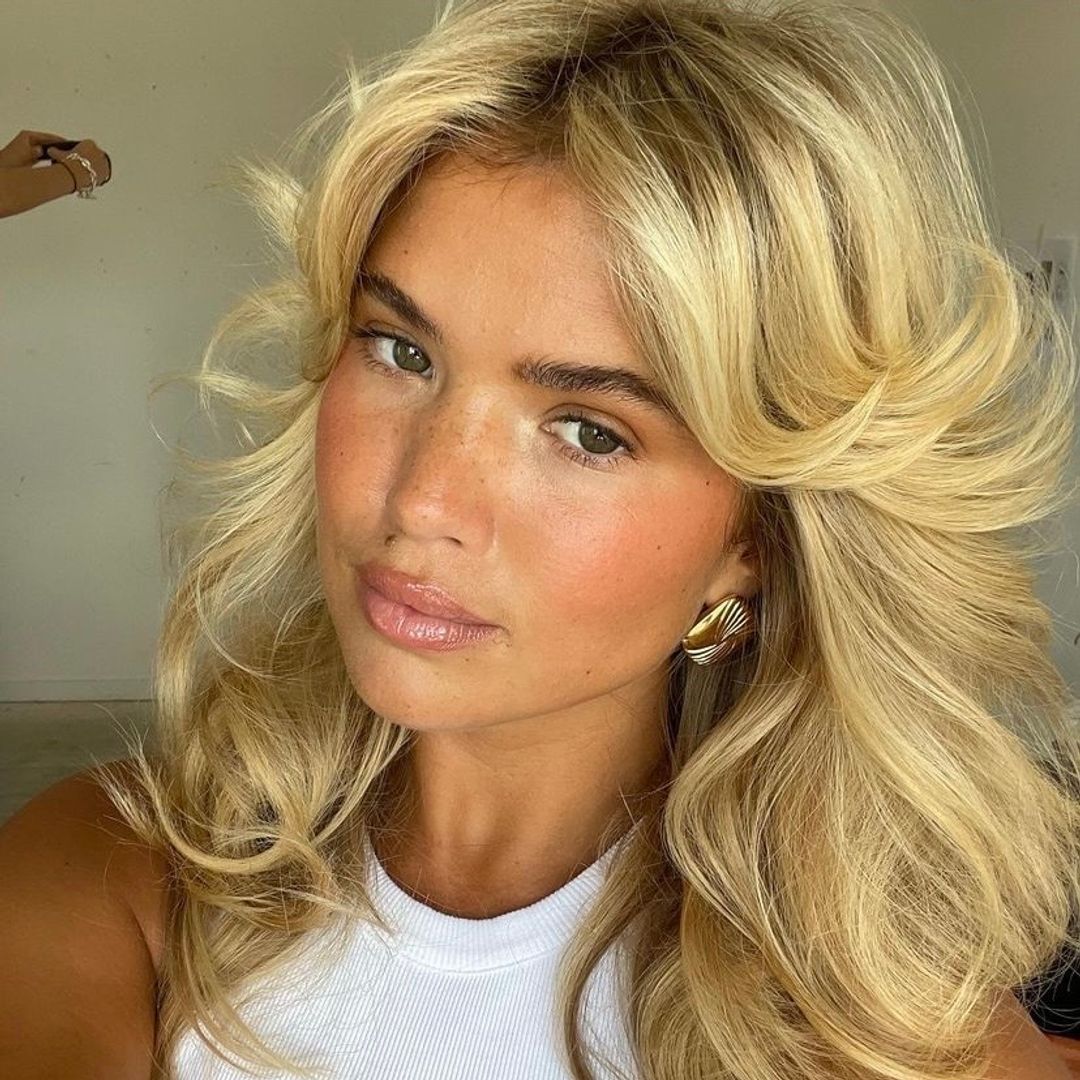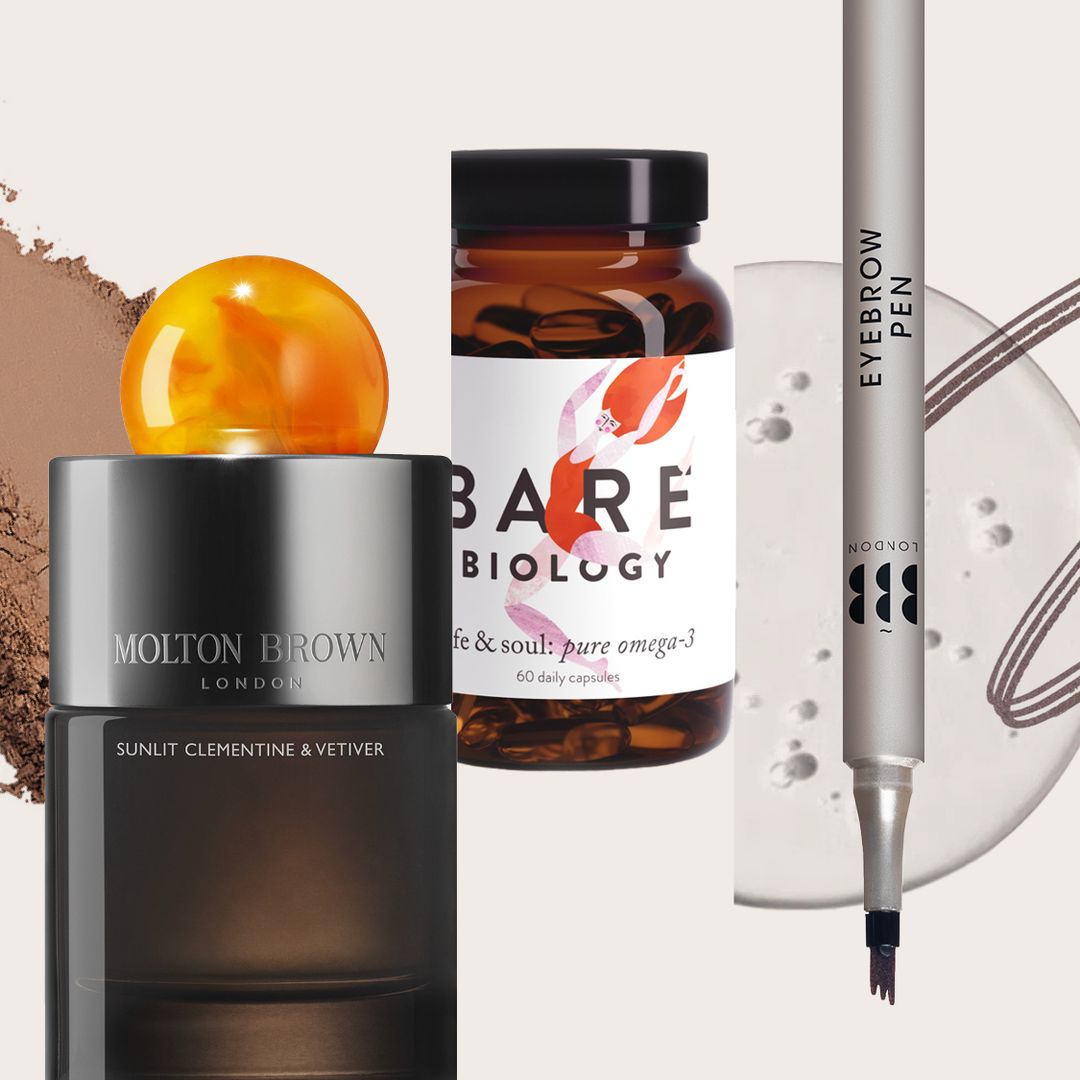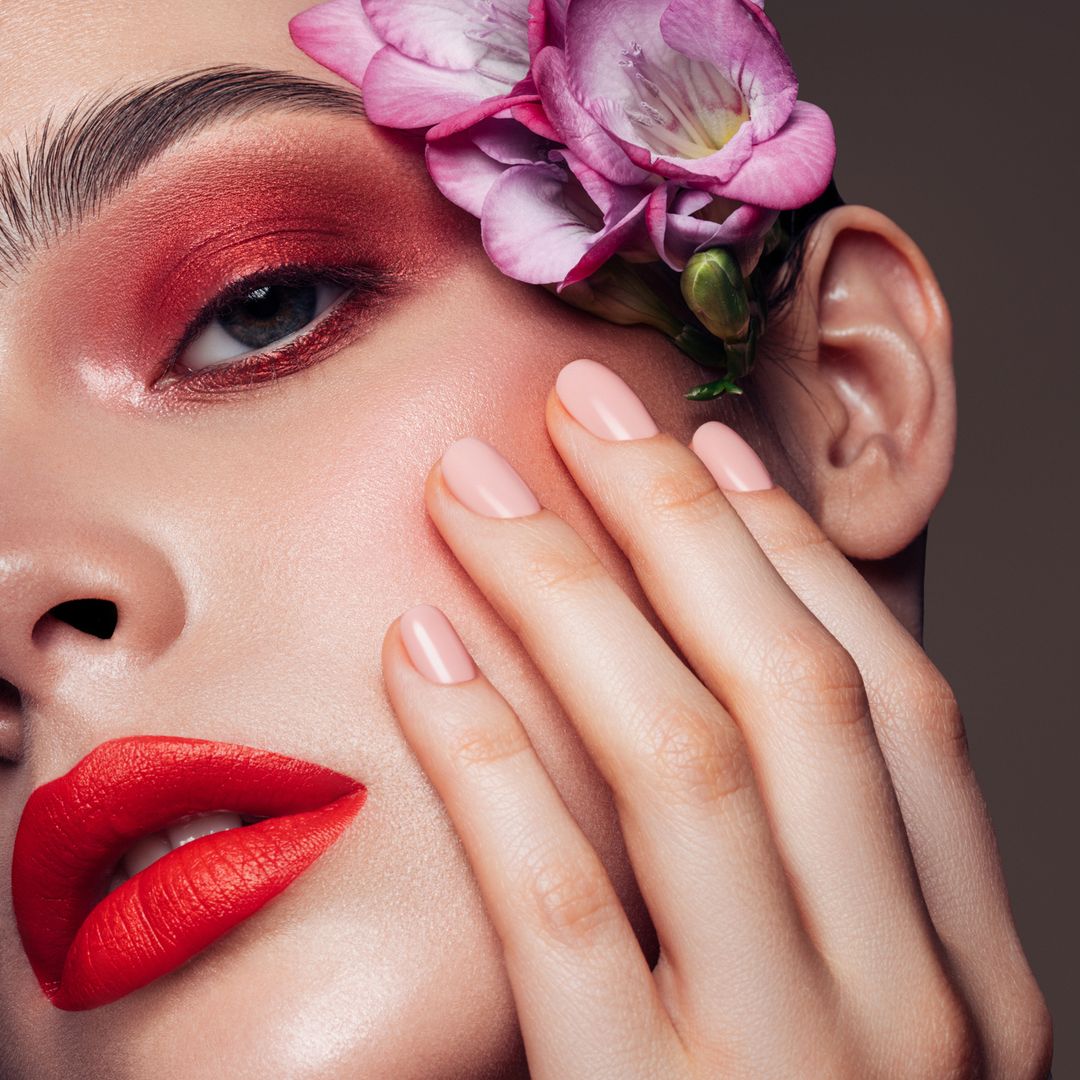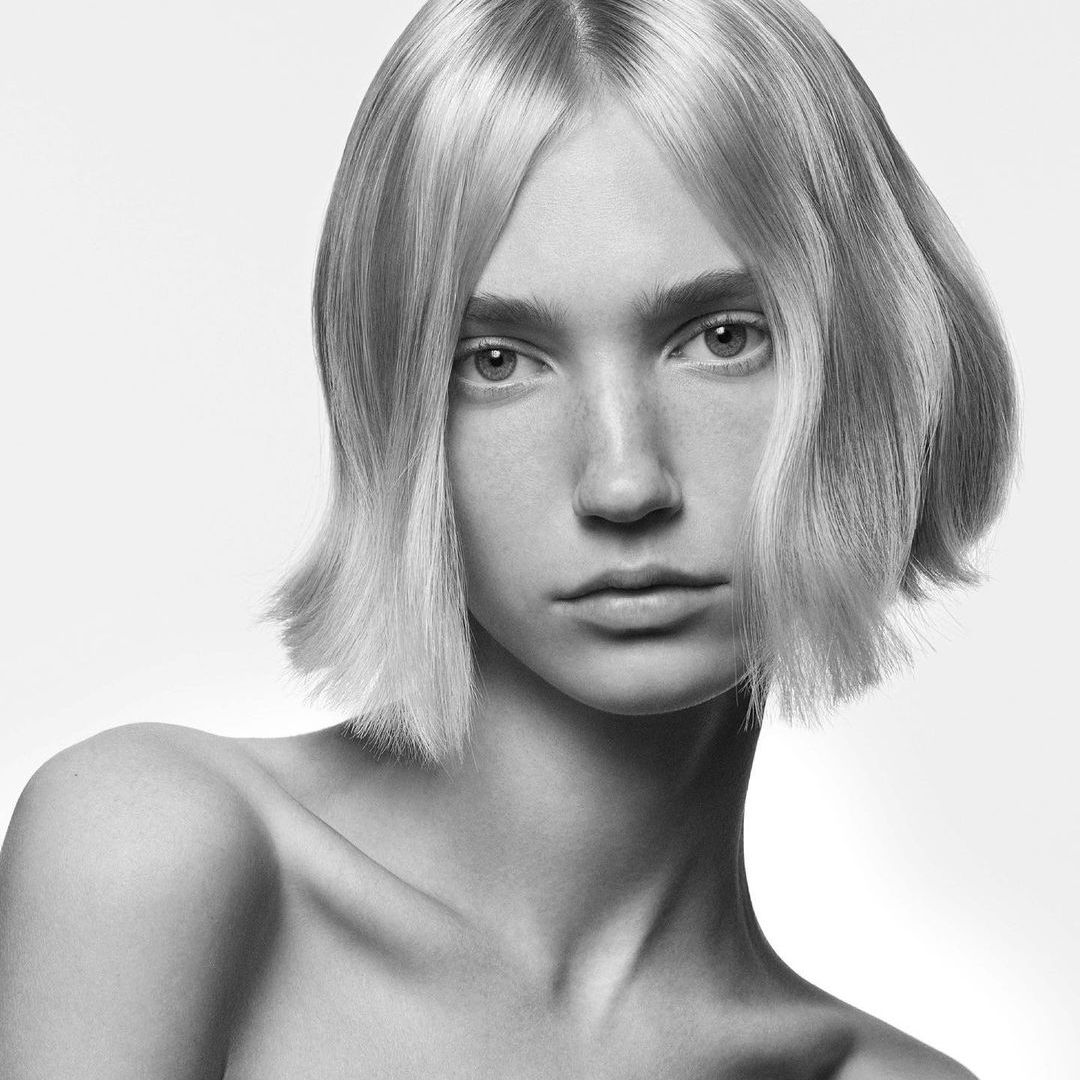The subject of hair removal for women is perennially steeped in politics. Whether you're an au naturel advocate or prefer to be hair-free, it all boils down to personal beauty preference.
Feminist debates on the backburner for a moment, the reality is that many of us engage in some level of grooming, and knowing more about each method will give you a greater chance of achieving the best, silky smooth results.
From epilation and IPL to depilatory creams and sugaring, the modern age is brimming with removal options. But today we're spotlighting two classics: shaving and waxing. Self-explanatory, right? Grab your razor or speed dial your salon. Actually, there's a little more to it than that...
MORE: Laser hair removal: everything that you need to know - according to skin expert Nicola Russell
READ: Bikini wax styles and how to do it at home
How to shave your bikini line:
In terms of which method out of shaving and waxing is best for your skin, sadly, there's no one-size-fits-all answer. Both offer plenty of pros, but with shaving you run the risk of ingrown hairs and razor burn. That's not to say that waxing is entirely flawless – it can cause irritation, especially for those with sensitive skin.
Shaving is super convenient and quick, ideal for impromptu depilatory sesh. And there are steps you can take to make sure your skin remains on top form.
MORE: Lash extensions: the ultimate treatment guide
READ: Eyelash tint: everything you need to know about the beauty treatment
How we chose:
Performance and personal testimony: The accompanying beauty buys are products that I (Hello! Fashion's resident beauty obsessive Orin Carlin) personally really rate.
Hello! Fashion caught up with dermatologist Dr Rahi Sarbaziha from beauty marketplace app Upkeep to find out how to make shaving as skin-friendly as possible.
Do use the right razor
"When shaving the bikini line, it is best to use a single-blade razor, or a razor specifically designed for bikini area hair removal," Dr Sarbaziha explains. "It is important to ensure that the razor is sharp and free of rust."
Do trim the hair to a suitable length beforehand
Dr Sarbaziha recommends that before shaving, you should trim the hair with scissors or clippers to avoid clogging the razor. This will help the blade stay sharper for longer, which allows a smoother shave.
Don't scrimp on the shaving cream
Lubrication is key when it comes to preventing skin issues. "Shaving cream is essential because it helps reduce friction between the skin and the razor, which can lead to razor burn or irritation," Dr Sarbaziha says. "It can also help hydrate the skin - it is recommended to leave it on for between five and 10 minutes prior to shaving."
Do shave in the direction of hair growth
Pubic hair is much thicker than that of the rest of your body, and to prevent irritation, ingrown hairs, and razor burn, it's important to use strokes that match the direction of the hair growth.
Don't go hard on the exfoliation if your skin is experiencing sensitivity
"After shaving, rinse the area with cool water and apply a soothing moisturiser to help prevent irritation and dryness," Dr Sarbaziha advises. "It is generally safe to exfoliate the skin after shaving, however avoid doing so if there is any irritation or redness."
How to prevent ingrown hairs
Proceed with caution if you are prone to sensitivity, but gently exfoliating the area to remove follicle-clogging dead skin cells is the key to ingrown hair prevention. According to Dr Sarbaziha, it is also important to avoid tight clothing and underwear immediately after hair removal.
"If you do experience ingrown hair, you should avoid picking or squeezing it, as this can cause further irritation or infection," she advises. "Instead, you can try using a product specifically designed to treat ingrown hairs or consult with a skincare specialist for further care."
Bikini wax:
For longer lasting results, waxing could be a beauty godsend. The process works by removing the hair from the root, meaning it takes longer to grow back – you could expect the results to last around three to six weeks. By incorporating gentle heat, it is released in one piece with its shaft intact – ideal for stubborn hairs – and should result in fewer ingrown hairs than shaving.
What happens during a bikini wax?
Firstly, the therapist will cleanse the area. They will then check the temperature of the wax and apply it to the section using a spatula. After applying a wax strip, the therapist will pull it off against the direction of the hair growth, repeating the process until all the hair has been removed. Finally, a soothing product with a cooling ingredient will be applied to reduce any inflammation.
Bikini line waxing tips:
Do prep your skin before your appointment
"Exfoliate every day a few days before an appointment to lift off dead skin cells and release any ingrown hairs," says waxing and skin specialist Nadiya Bekar. "This ensures a cleaner, smoother and more thorough treatment."
Don't use emollients beforehand if possible
"Don't use moisturiser or oil on the day of your appointment. The wax sticks to it and it is difficult to remove."
Do share your skin context with the therapist
"Let your therapist know of any medical condition such as allergies, varicose veins, or moles to avoid."
Don't shave for at least a fortnight beforehand
If your hair is too short, the wax won't be able to grip properly and you won't get a close wax. Also avoid sunbeds or heat treatments for at least 48 hours before your appointment otherwise the area will sting.
Do pay attention to the aftercare process
"No hot baths or showers, steam rooms, sunbathing, heat or working out for 24 hours," Nadiya says. "This can irritate and sensitise the skin. Also avoid oils and moisturisers on waxed skin for a few days as these can block the freshly opened and cleared follicles causing ingrown hairs and unsightly lumps. Exfoliating is also a no-no immediately after, your skin doesn't need it because a wax is a form of exfoliation."
Like this story? Sign up to our Hello! Fashion newsletter to get your weekly 'Fashion Fix' delivered straight to your inbox.
HELLO!'s selection is editorial and independently chosen – we only feature items our editors love and approve of. HELLO! may collect a share of sales or other compensation from the links on this page. To find out more visit our FAQ page.












